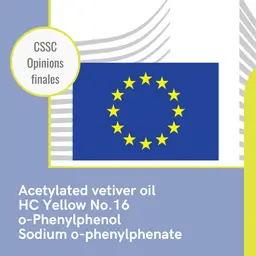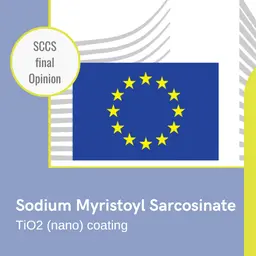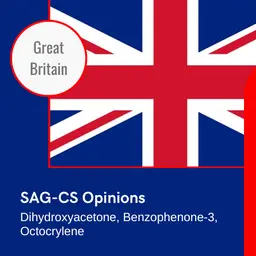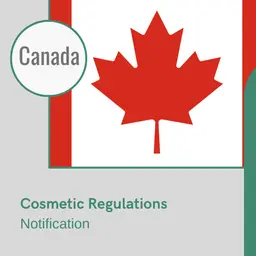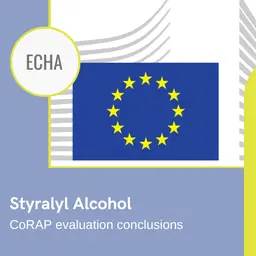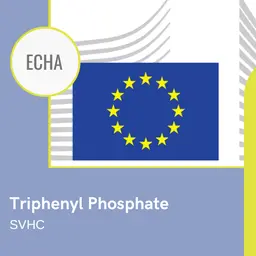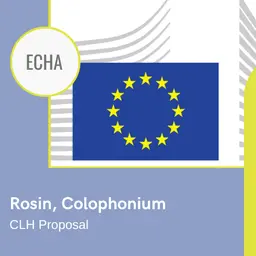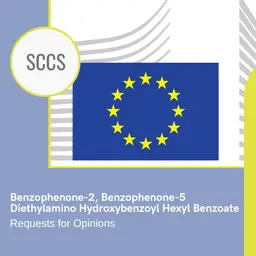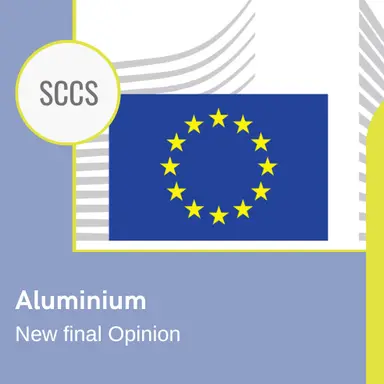
Following a new submission of exposure data by the “Aluminium” Consortium led by Cosmetics Europe, the European Commission asked the SCCS (Scientific Committee on Consumer Safety) to give a new opinion on the safety of its compounds in cosmetic products. The Scientific Committee has just published its final Opinion.
Background
Aluminium (Al) and Al compounds are used in a variety of cosmetic products, predominantly in deodorants, antiperspirants, lipsticks, and toothpastes. Several Al compounds are regulated in different entries of the Cosmetics Regulation (EC) No.1223/2009.
In March 2020, the SCCS adopted its final Opinion SCCS/1613/19 and in March 2021 an addendum to this Opinion, in which he concluded that the use of aluminium compounds is safe at the equivalent aluminium concentrations up to:
(a) 6.25% in non-spray deodorants or non-spray antiperspirants
(b) 10.60% in spray deodorants or spray antiperspirants
(c) 2.65% in toothpaste, and
(d) 14% in lipstick
In March 2021, industry submitted a dossier focusing on the aggregate exposure to aluminium concerning the European population. In its Opinion SCCS/1644/22, the SCCS has defined safe concentrations in sprayable and non-sprayable products, but concluded that the aggregate exposure to aluminium from cosmetic and non-cosmetic sources may exceed safe limits for consumers at the highest exposure ranges.
The Aluminium consortium then submitted a new probabilistic exposure assessment report.
The SCCS published its preliminary Opinion in December 2023.
For an exhaustive background information, see the articles
• Aluminium in cosmetic products: Final Opinion of the SCCS, CosmeticOBS, 7 April 2020 …

